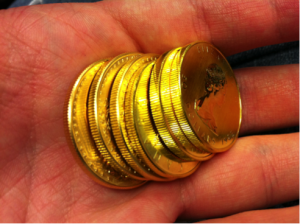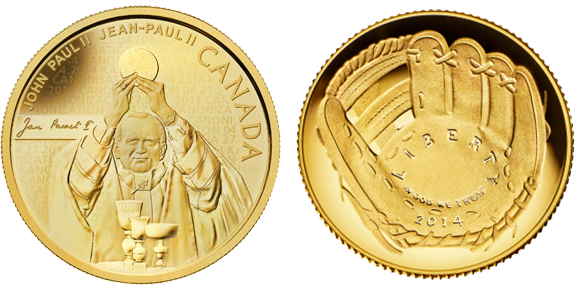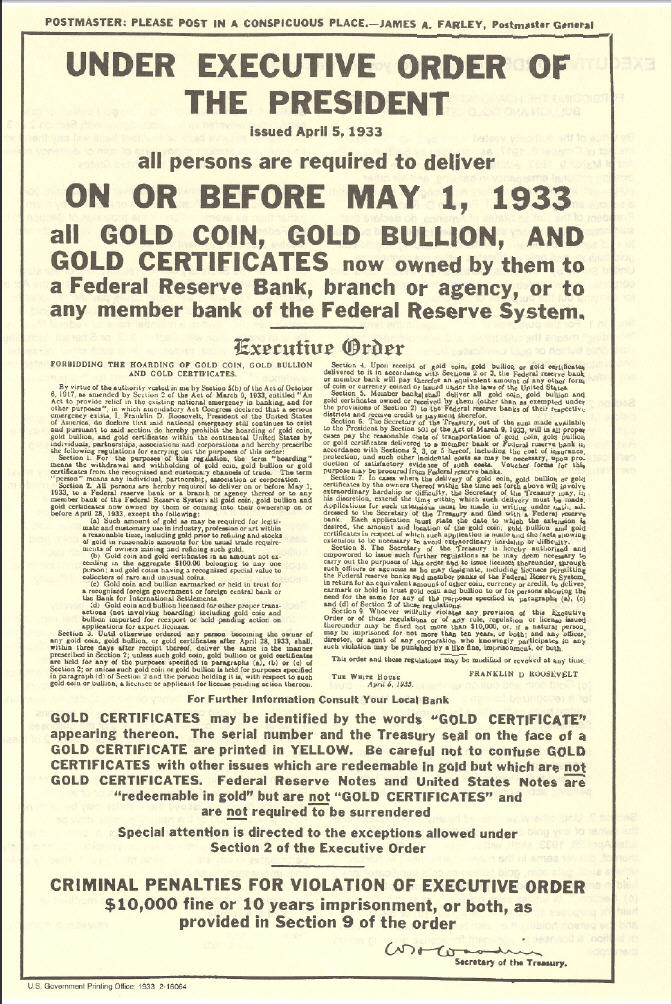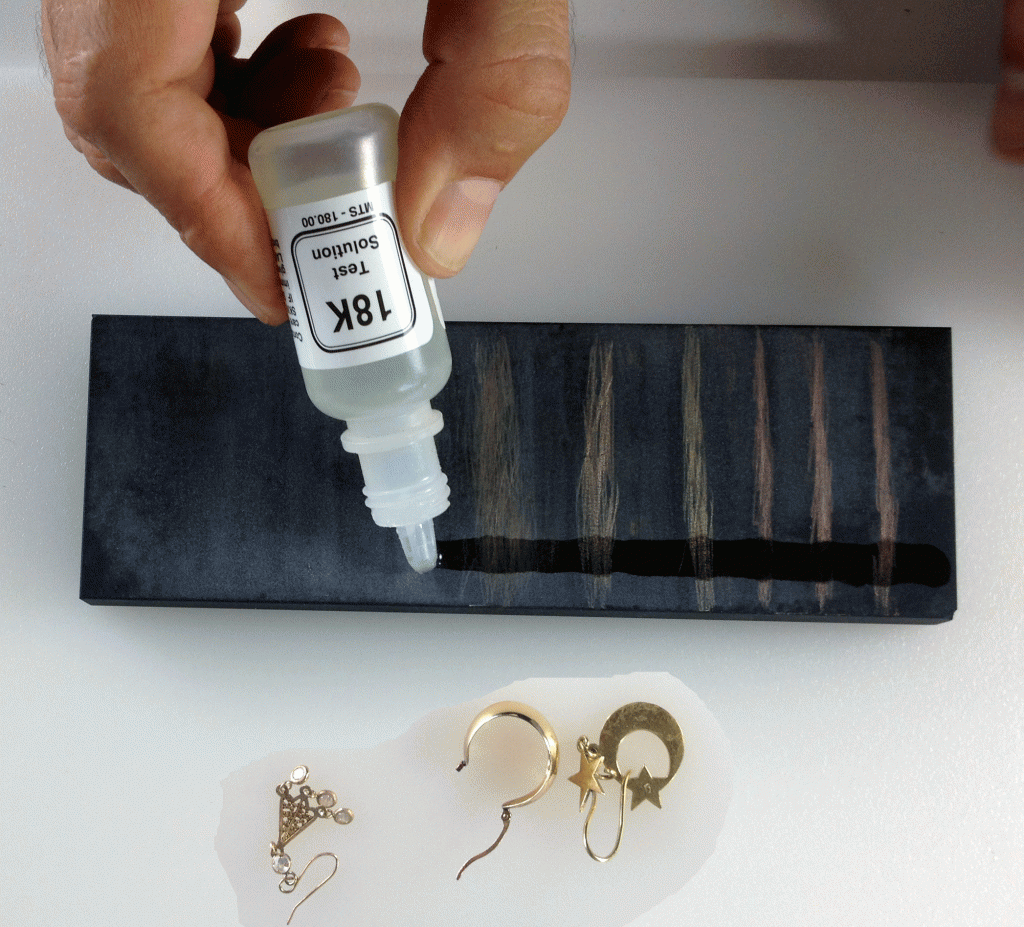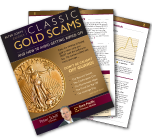Another gold scam has been exposed this month, but only after customers gave more than $2.6 million to precious metals dealer Robert Escobio who lost $600,000 of the invested funds. The US Commodity Futures Trading Commission (CFTC) has filed a civil enforcement claim against Escobio and his company Southern Trust Metals, Inc.
Escobio convinced investors to send him a down payment towards a large purchase of gold, promising to lend them the rest. This sounds exactly like the classic leveraged gold scam, in which the scammer convinces his victims to buy more gold than they can actually afford. He then loans them the remainder at unreasonably high interest rates, promising to deliver all the gold when the debt is paid.
Why would anyone fall for this? The swindler has probably persuaded his targets that gold is going to go up in value dramatically, which would allow them to easily pay off the debt and profit much more than if they had bought a smaller amount of gold. The so-called “customers” probably don’t even consider the possibility of gold taking a dip. If gold drops, a leveraged gold scheme will require the customer to cough up more cash to make a “margin call.” If they do not have the cash on hand, their gold could be sold at a loss to cover the debt.
That’s how a leveraged gold scam usually works, but in Escobio’s case, the leveraged loan was never made in the first place. Rather than stealing his victims’ money slowly, nickel-and-diming them with margin calls and investment fees, Escobio just made off with his ill-gotten gains.
This is just the latest example of an all-too-common scam and should serve as a reminder that you should always take physical delivery of your gold from a reputable dealer.
Smart investors looking to protect their wealth from the jaws of inflation and an uncertain economy need to be vigilant to avoid scams like this one. There is a free report available online that explains this and other common gold scams in more detail. Download it here.

